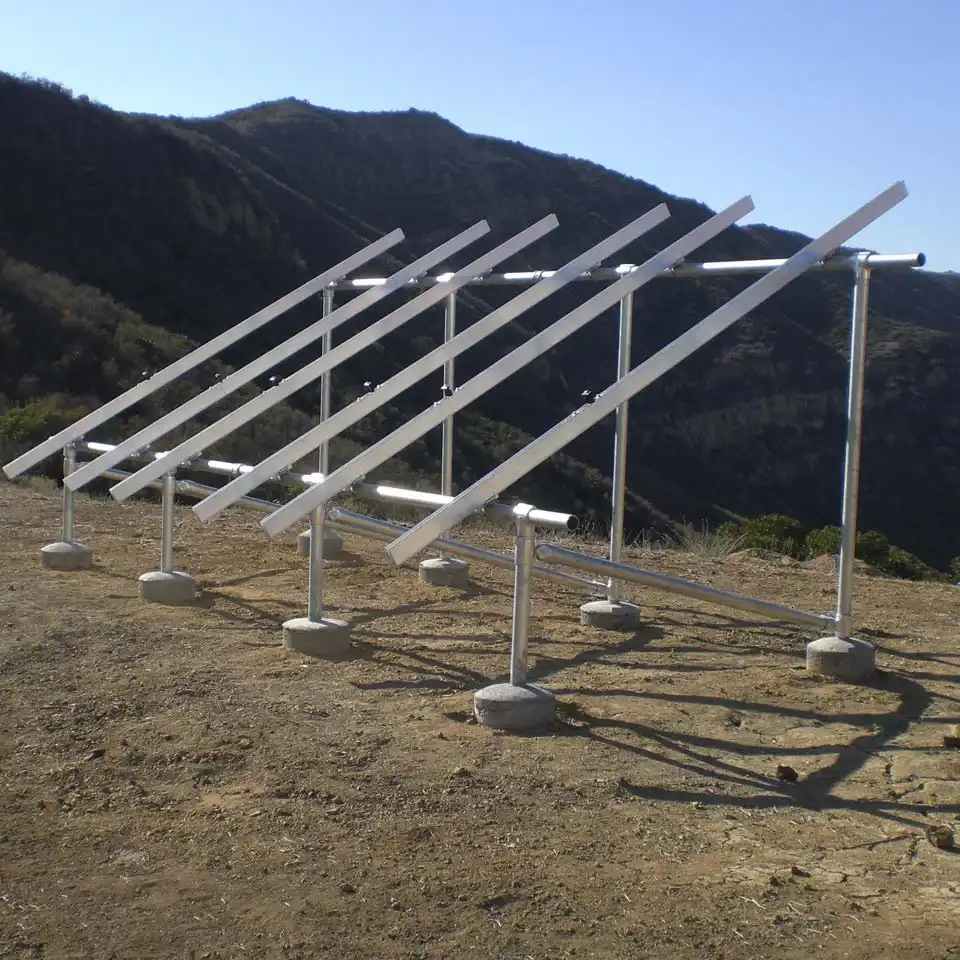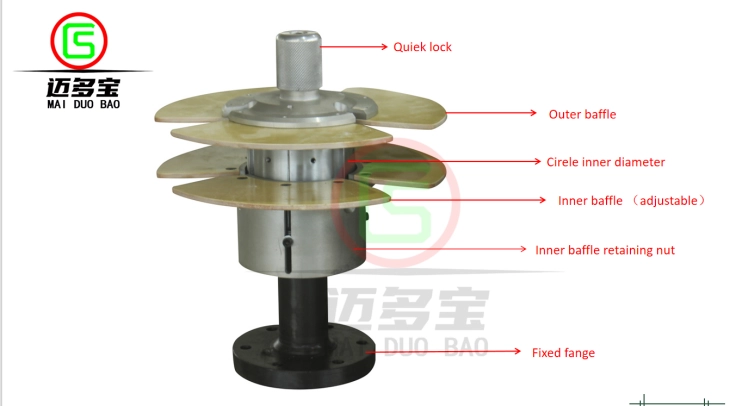In the realm of electrical engineering, the 3-phase transformer core stands as a pivotal component in power distribution systems. This essential device plays a crucial role in converting electrical energy efficiently from one circuit to another through electromagnetic induction. The evolution of transformer cores has been instrumental in shaping the modern power grid, enhancing energy transmission and distribution across various industries.
Key Takeaways
-
Understanding the different types of transformer cores is crucial for efficient power distribution systems.
-
Proper core design and functionality play a significant role in the performance and reliability of 3-phase transformers.
-
Implementing appropriate winding configurations like Y-Y and Δ-Δ can impact voltage regulation and system stability.
-
Exploring Y-Δ and Δ-Y connections can help optimize the transformer's efficiency and adaptability to varying load conditions.
-
Open Delta configurations offer a cost-effective solution for backup power applications and smaller loads.
-
Voltage and current characteristics need to be carefully considered to ensure safe operation and optimal performance of 3-phase transformer systems.
Overview of 3-Phase Transformer Core
Structure and Purpose
Three-phase transformer cores consist of three single-phase transformers that are interconnected to form a cohesive unit. These transformers are crucial components in electrical power systems, converting electricity between different voltage levels for efficient distribution.
The primary function of a three-phase transformer core is to facilitate the conversion and transfer of electrical energy across three phases. By utilizing interconnected single-phase transformers, these cores efficiently manage power distribution, ensuring a balanced supply across all phases.
Significance of Iron Core Assembly
The iron core assembly within a three-phase transformer plays a vital role in enhancing overall efficiency. This core is responsible for providing a low reluctance path for the magnetic flux generated during the transformation process.
By minimizing energy losses and maximizing magnetic coupling, the iron core assembly significantly boosts the efficiency of the three-phase transformer, enabling seamless power transmission with minimal wastage.
Role in Power Distribution Systems
In electrical power distribution systems, three-phase transformers serve as key components for transmitting electricity from power plants to various end-users. These transformers play a crucial role in regulating voltage levels, ensuring stable and consistent power supply across different locations.
Types of Transformer Cores
Laminated Cores
Laminated cores are commonly used in transformers due to their efficient design, constructed by stacking thin steel sheets together. The sheets are insulated to reduce eddy current losses and enhance the magnetic properties of the core. This design minimizes energy loss and ensures optimal performance.
The laminated core structure reduces magnetic flux loss and hysteresis, leading to higher efficiency in power transmission. These cores offer better vibration damping, reducing noise levels in operation. However, the assembly process can be complex and costly due to the intricate construction involved.
Toroidal Cores
Toroidal transformer cores feature a ring-shaped design that eliminates air gaps, enhancing magnetic flux efficiency. Due to their circular shape, they exhibit lower leakage inductance and reduced electromagnetic interference. These cores are known for their compact size, making them ideal for applications with space constraints.
The toroidal core configuration provides improved efficiency and power transfer, resulting in minimal energy wastage during operation. Moreover, these cores generate less heat compared to laminated cores, contributing to enhanced reliability and longevity. However, manufacturing toroidal cores can be more challenging and expensive due to their specialized design.
Amorphous Steel Cores
Utilizing amorphous steel cores in transformers offers significant advantages in terms of energy efficiency. These cores consist of non-crystalline materials that exhibit lower energy loss levels than traditional silicon steel cores. By reducing eddy current losses, amorphous steel cores enhance overall transformer efficiency and contribute to energy conservation.
The integration of amorphous steel cores results in reduced heat generation during operation, leading to enhanced reliability and prolonged lifespan of transformers. These cores contribute to environmental sustainability by promoting energy savings and reducing carbon emissions. However, the cost of manufacturing amorphous steel cores is higher than conventional core materials.
Impact on Transformer Performance
The selection of core material plays a crucial role in determining transformer performance and efficiency. The choice between laminated, toroidal, or amorphous steel cores directly impacts factors such as energy consumption, heat generation, and overall operational efficiency. Manufacturers must carefully consider these aspects to optimize transformer performance and minimize energy losses.
Core Design and Functionality
Magnetic Flux Influence
The core design significantly impacts the magnetic flux within a transformer. By utilizing dots and lines efficiently, the core ensures optimal flux distribution. This, in turn, enhances the transformer's overall efficiency and performance.
Minimizing Eddy Current Losses
Minimizing eddy current losses is crucial in core design to prevent energy wastage. By carefully arranging primary and secondary sides, designers can reduce these losses. This optimization leads to a more energy-efficient transformer operation.
Core Geometry and Size Relationship
The core geometry directly influences the overall size of a transformer. Through strategic placement of dots, sets, and legs, engineers can determine the final dimensions. A well-designed core not only ensures efficient operation but also helps in minimizing the transformer's physical footprint.
Winding Configurations Explained
Y vs. Δ
In 3-phase transformer cores, winding configurations play a crucial role in determining the electrical characteristics of the system. The two primary winding configurations are Y (star) and Δ (delta). In a Y configuration, all three windings' terminals are connected at a common point, forming a star shape. On the other hand, Δ configuration involves connecting the windings in a triangular loop.
Y configuration provides a neutral connection, making it suitable for unbalanced loads. However, Δ configuration lacks a neutral point, making it ideal for balanced loads. When choosing between Y and Δ configurations, consider the load type and system requirements to ensure optimal performance.
Voltage Transformation Ratios
The winding configurations significantly impact the voltage transformation ratios in a 3-phase transformer. In a Y configuration, the line-to-neutral voltage is √3 times the phase voltage. This relationship allows for efficient power distribution in systems with varying load requirements. Conversely, in a Δ configuration, the line-to-line voltage is equal to the phase voltage, simplifying voltage calculations and ensuring balanced power delivery.
Understanding how winding configurations influence voltage transformation ratios is essential for designing effective electrical systems. By selecting the appropriate configuration based on voltage requirements, engineers can optimize energy efficiency and ensure reliable power distribution.
Implications on Phase Relationships
The arrangement of windings in a transformer core directly impacts the phase relationships within the system. In a Y configuration, the phase angles between each winding are 120 degrees, creating a balanced and stable electrical network. This setup is ideal for applications requiring consistent power distribution and minimal phase shifts.
On the other hand, Δ configuration results in phase angles of 30 degrees between each winding. While this arrangement simplifies certain calculations and reduces complexity in some systems, it may introduce challenges in maintaining precise phase relationships under varying load conditions.
Impact of Y-Y and Δ-Δ Configurations
Reliability Benefits
Three-phase transformers with Δ-Δ configurations offer enhanced reliability in industrial settings. The delta connection provides a closed loop path for current flow, minimizing the impact of single-phase faults. In case of a fault, the transformer remains operational, ensuring continuous power supply.
Key Points:
-
Reduced downtime due to fault isolation.
-
Enhanced system resilience against single-phase faults.
Voltage Stability Under Load Conditions
Y-Y configurations are preferred for their superior voltage stability under varying load conditions. The star connection ensures balanced voltages across all phases, maintaining stable output voltages even with fluctuating loads. This stability is crucial for sensitive equipment in industries like data centers and hospitals.
Key Points:
-
Consistent voltage output regardless of load fluctuations.
-
Ideal for applications requiring precise voltage regulation.
System Requirements Preference
The choice between Y-Y and Δ-Δ configurations depends on specific system requirements. For industries prioritizing reliability and fault tolerance, Δ-Δ configurations are favored. On the other hand, applications demanding stable voltage outputs under varying loads opt for Y-Y configurations to ensure consistent performance.
Scenarios:
-
Industrial Manufacturing: Delta-delta configurations are ideal due to their robustness against faults.
-
Data Centers: Y-Y configurations are preferred to maintain stable voltage levels for critical equipment.
https://www.jstxgx.com/Three-phase-EI-lamination.html
Jiangyin Tianxiang Electrical Appliances Co., Ltd.


